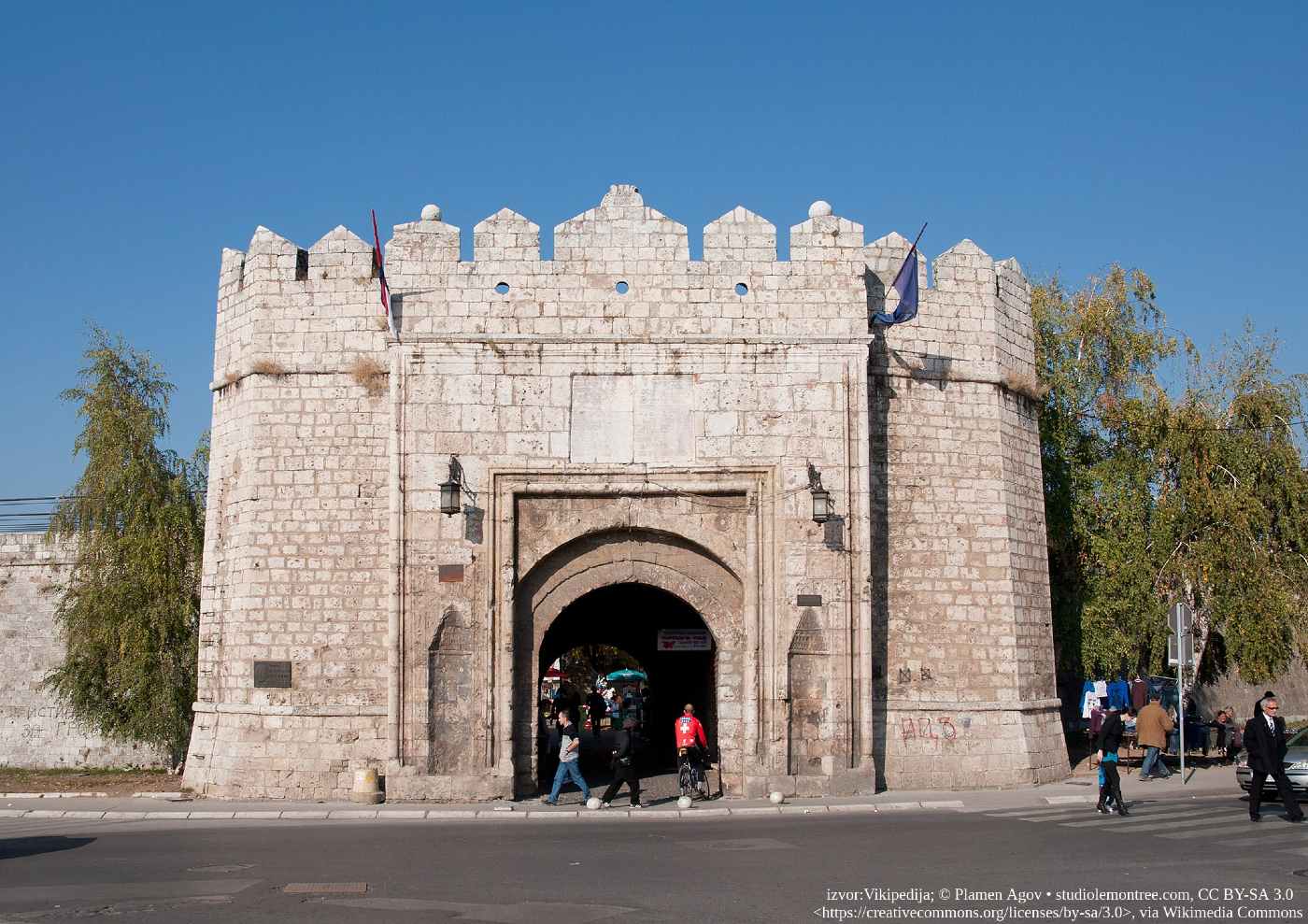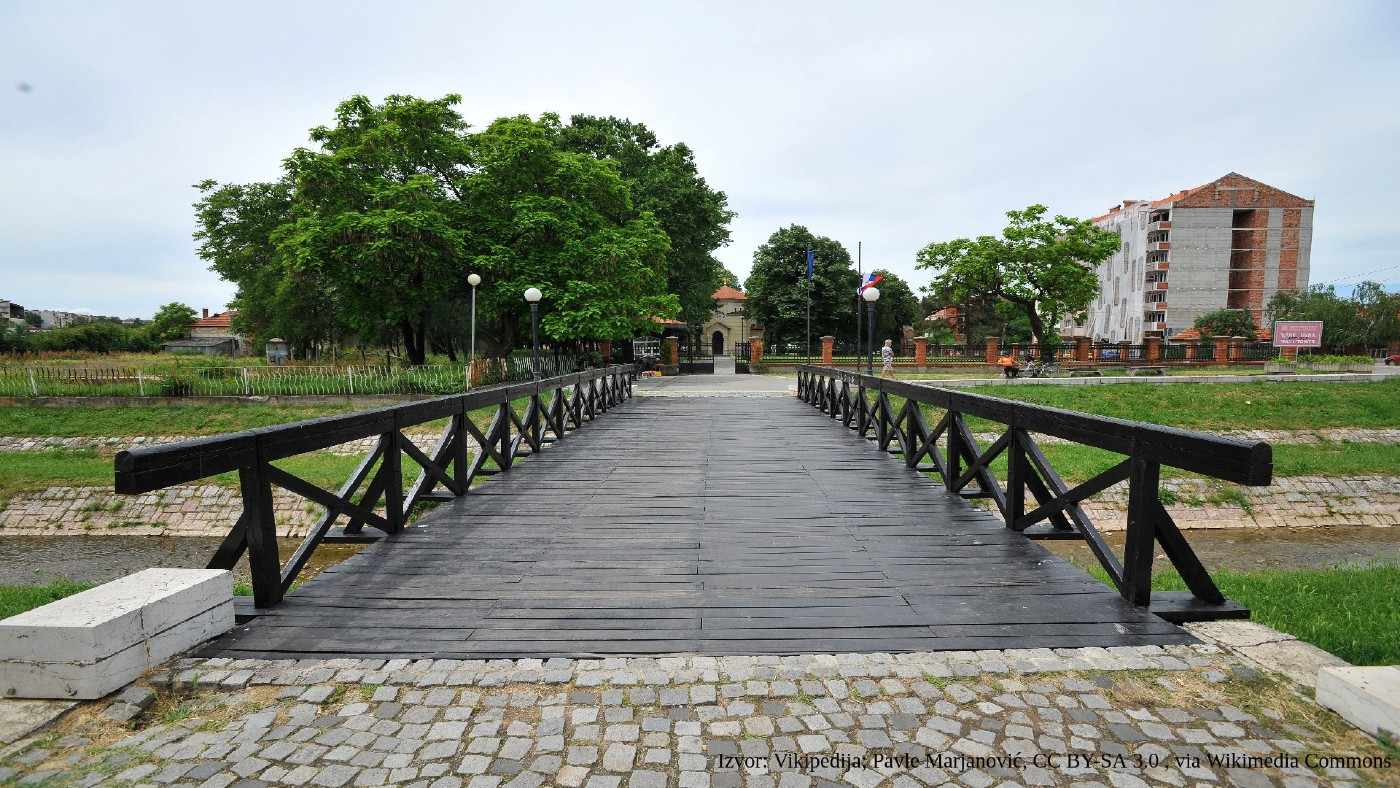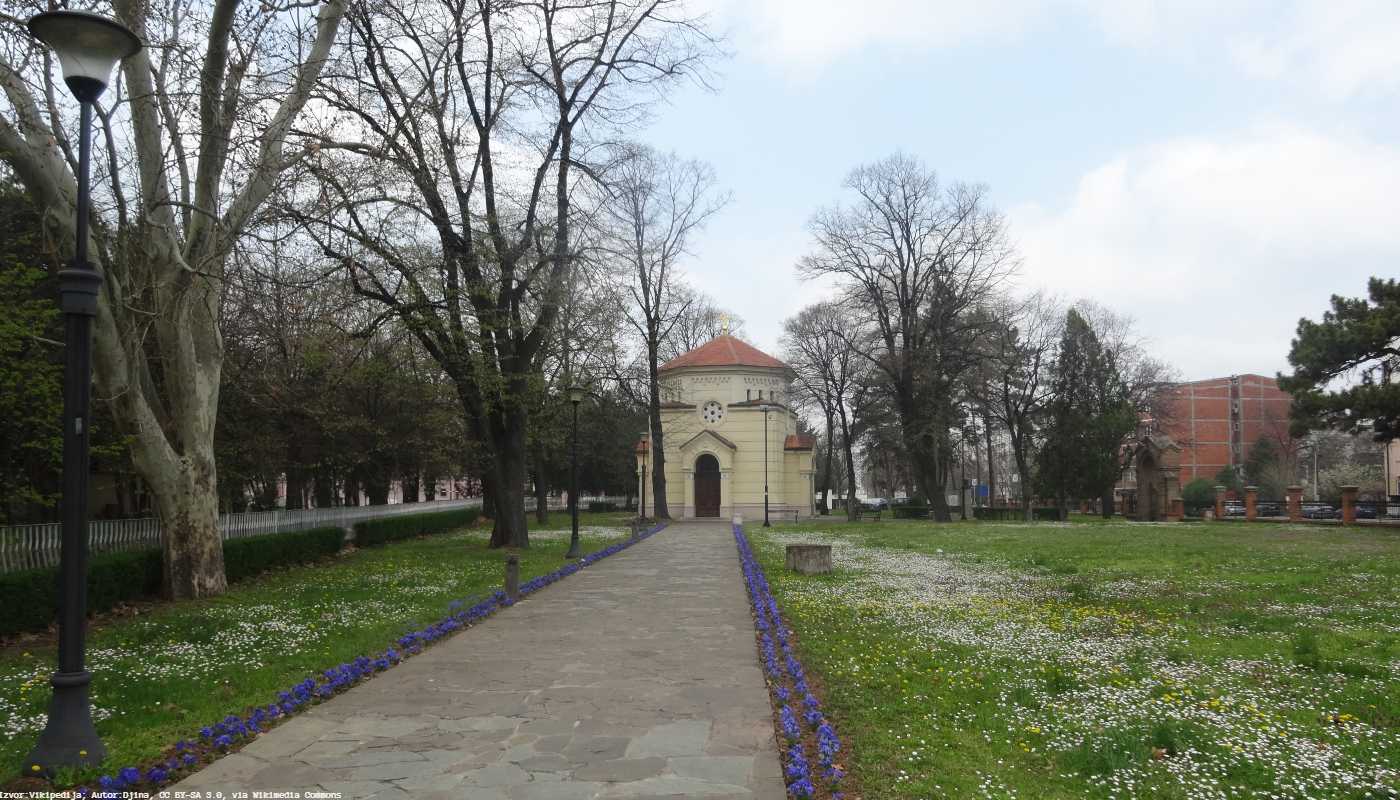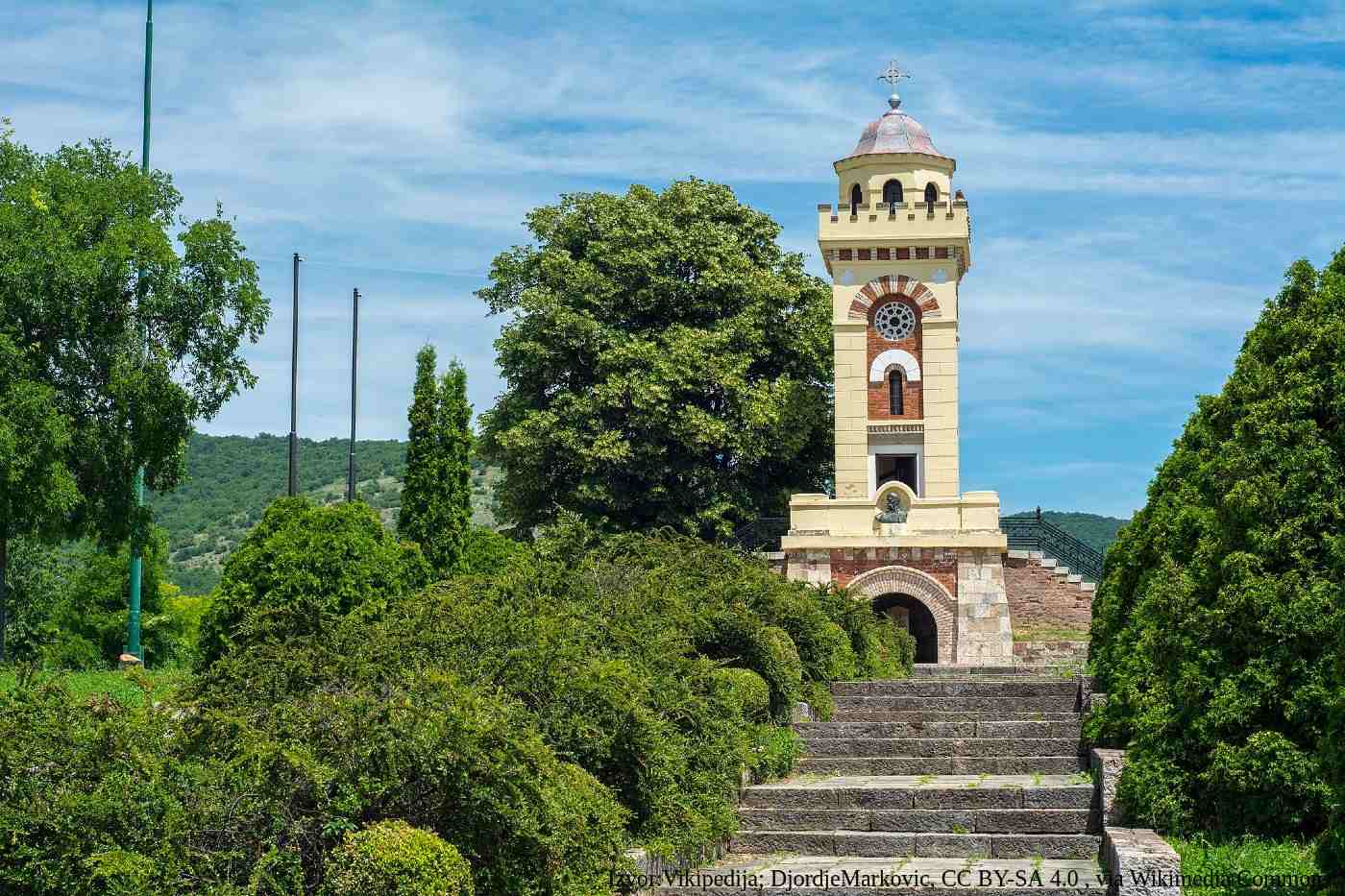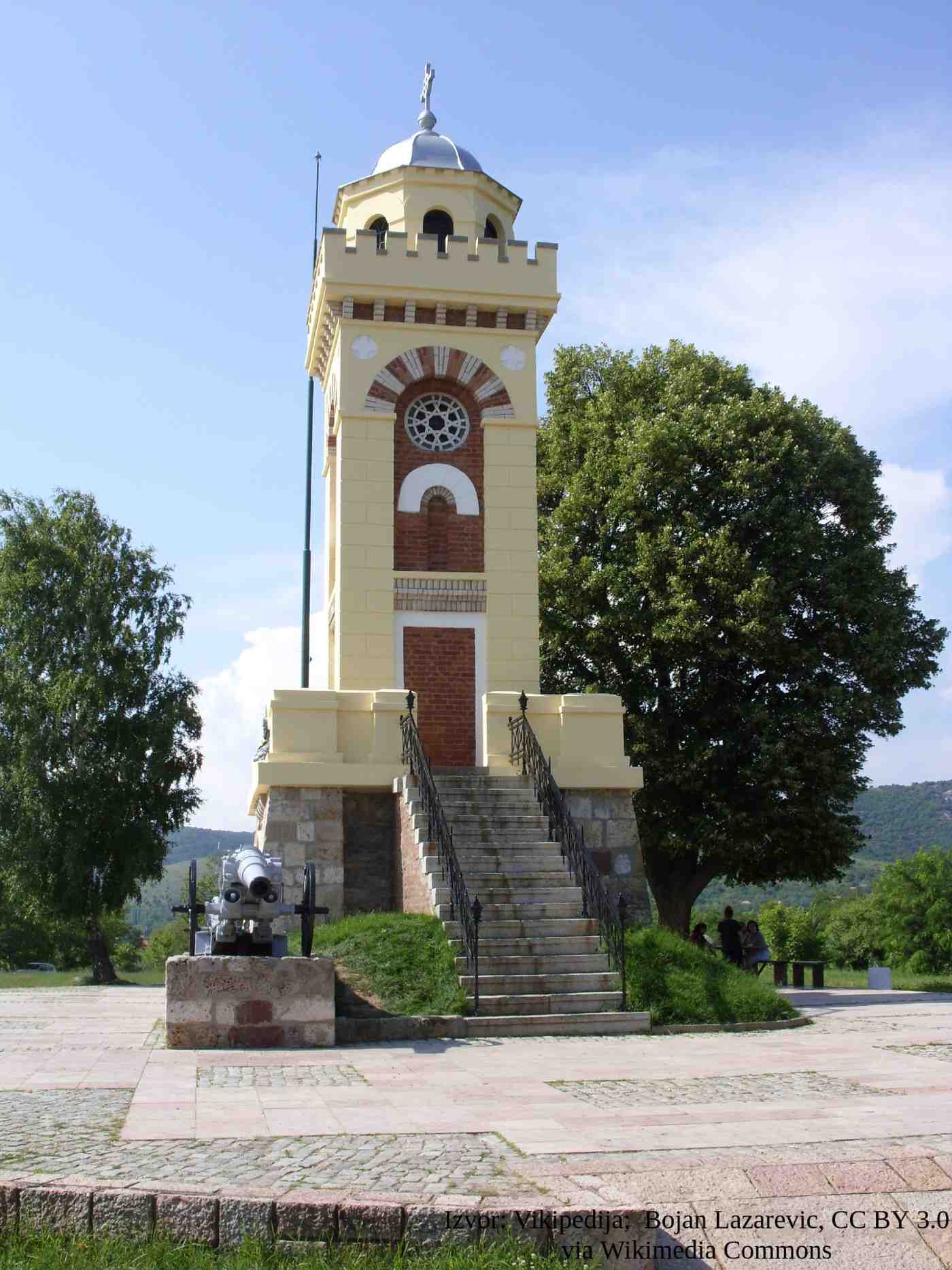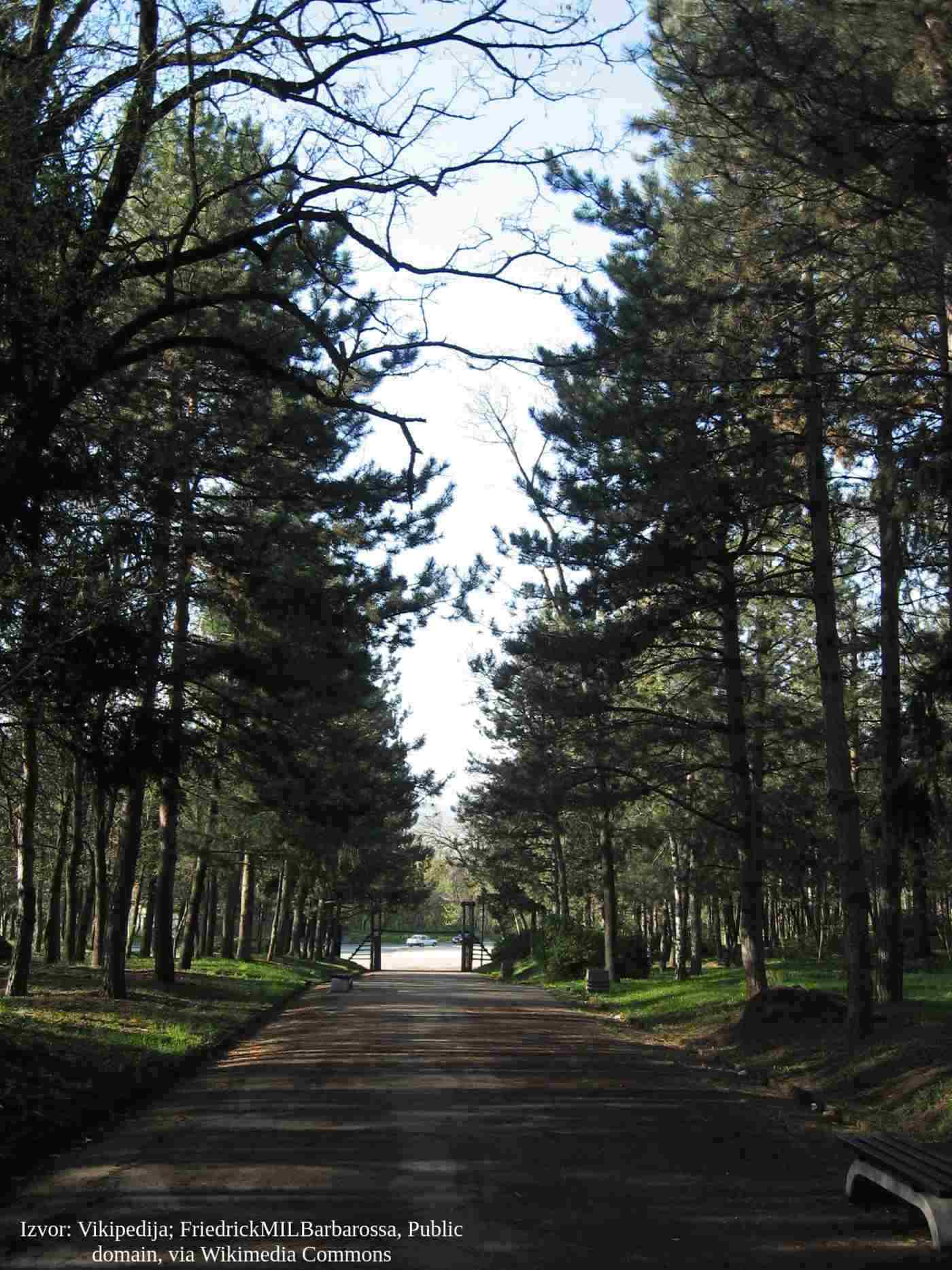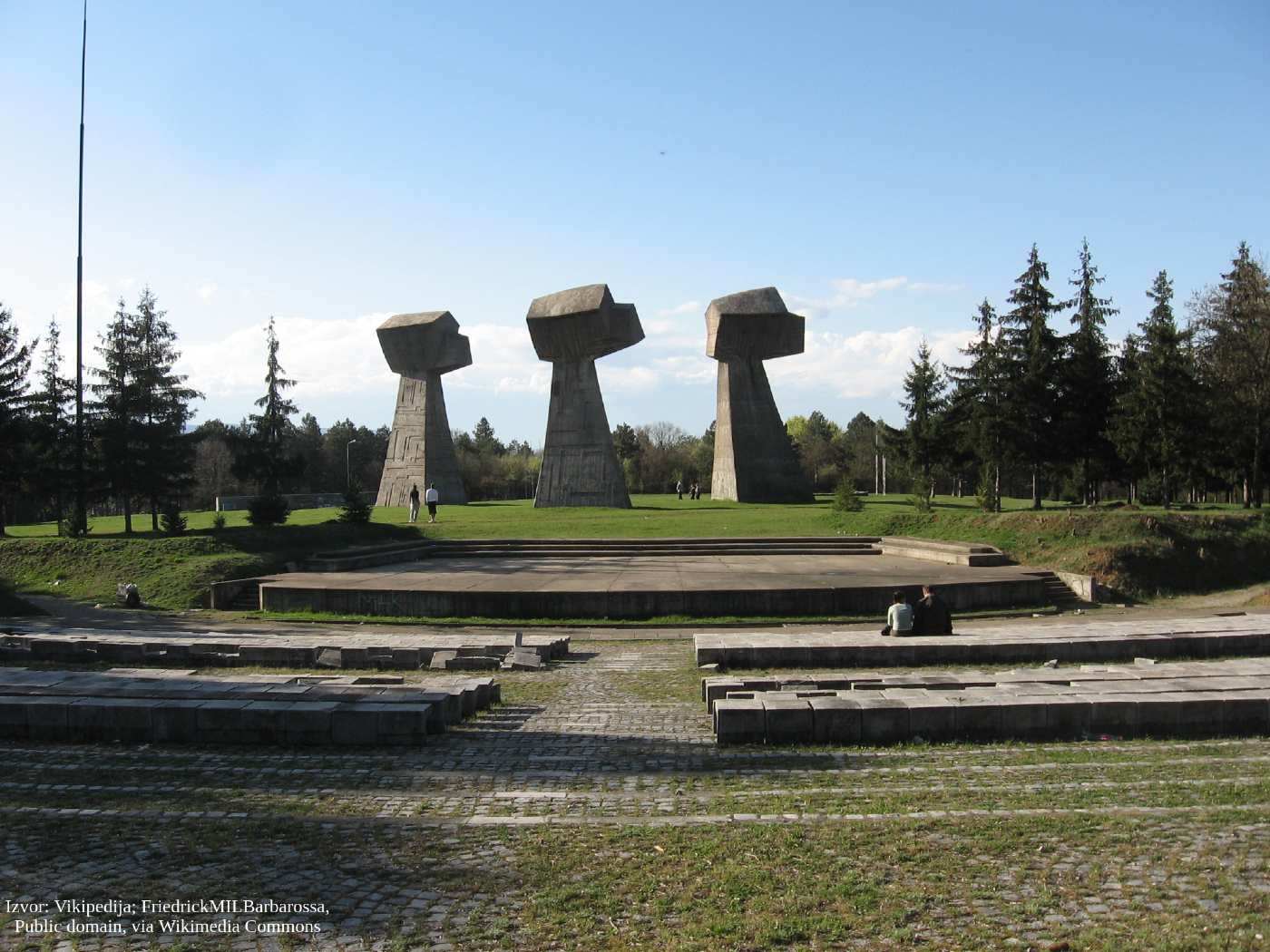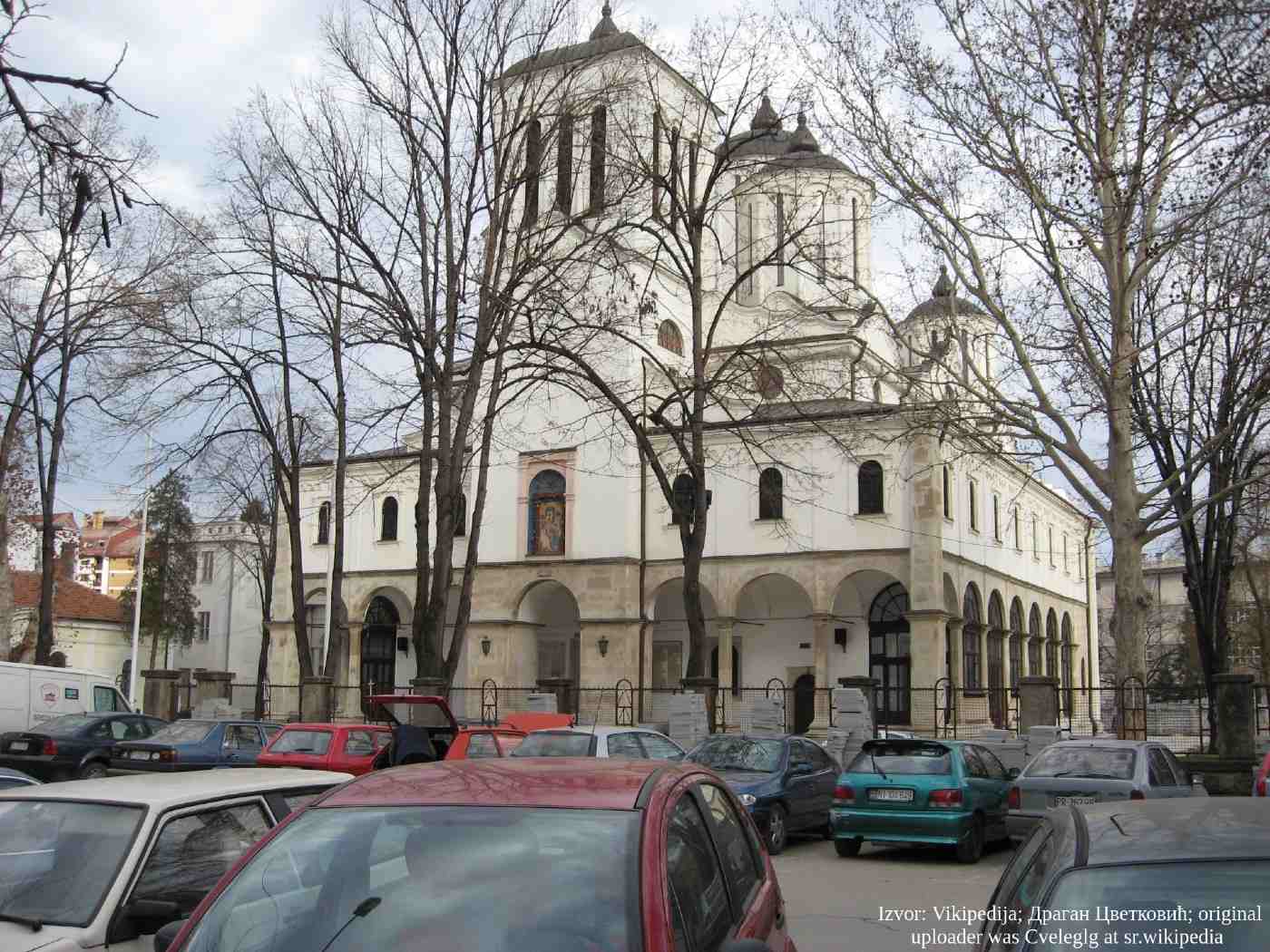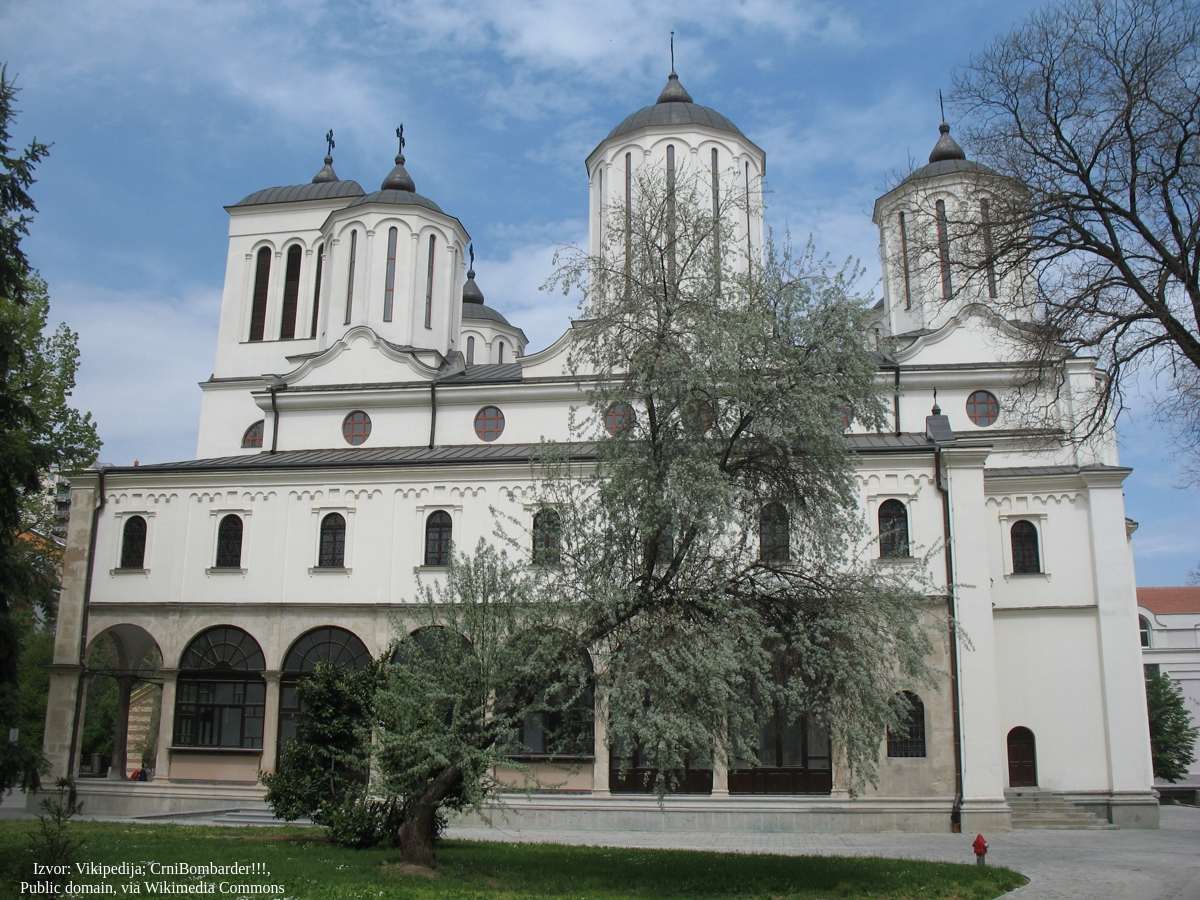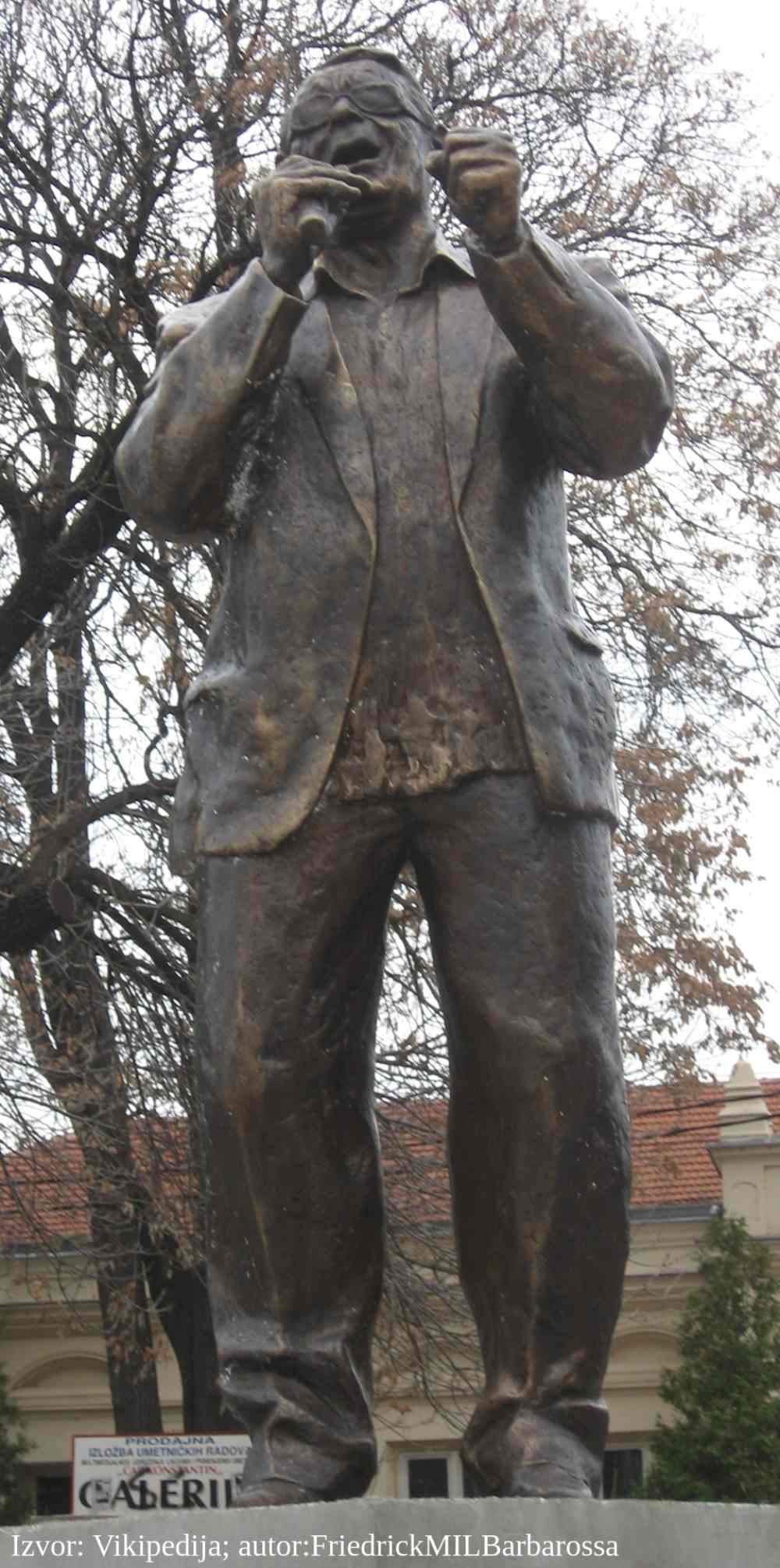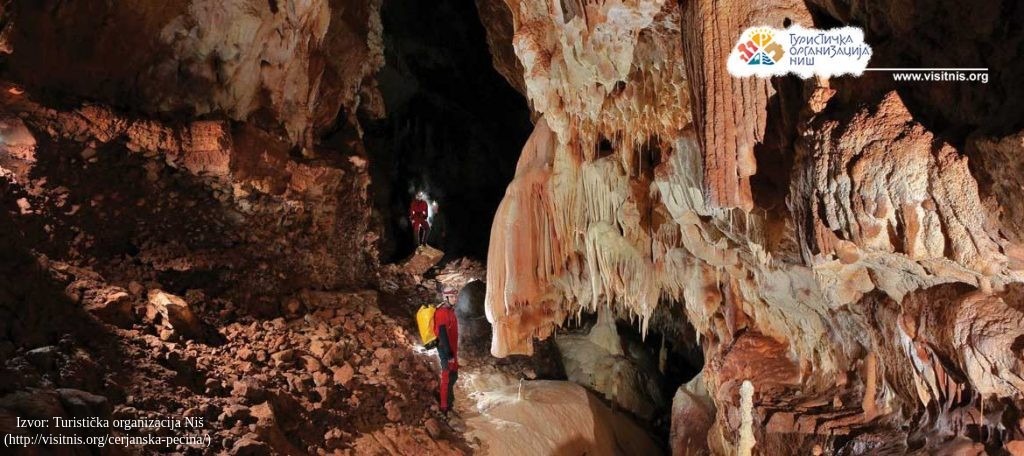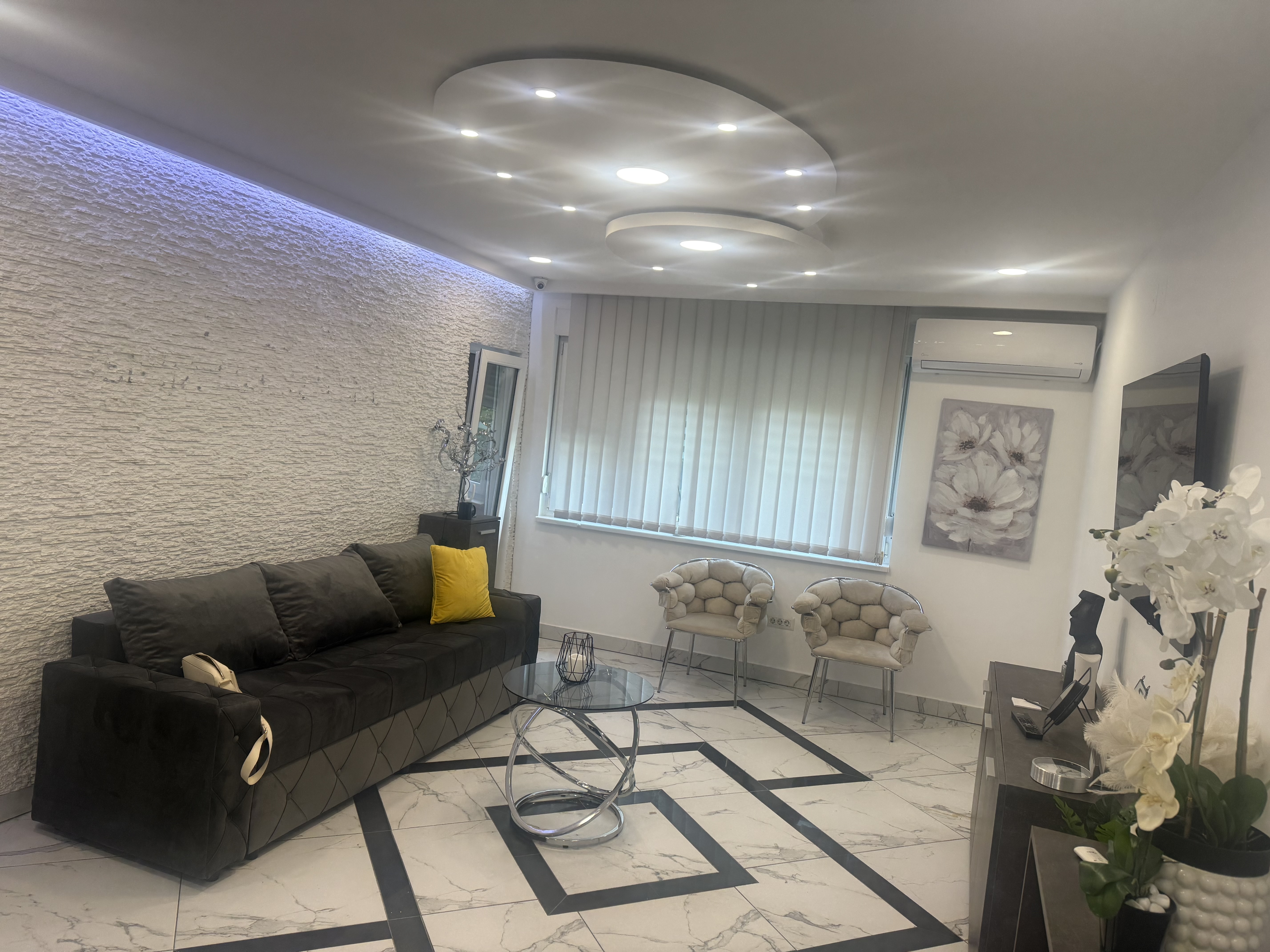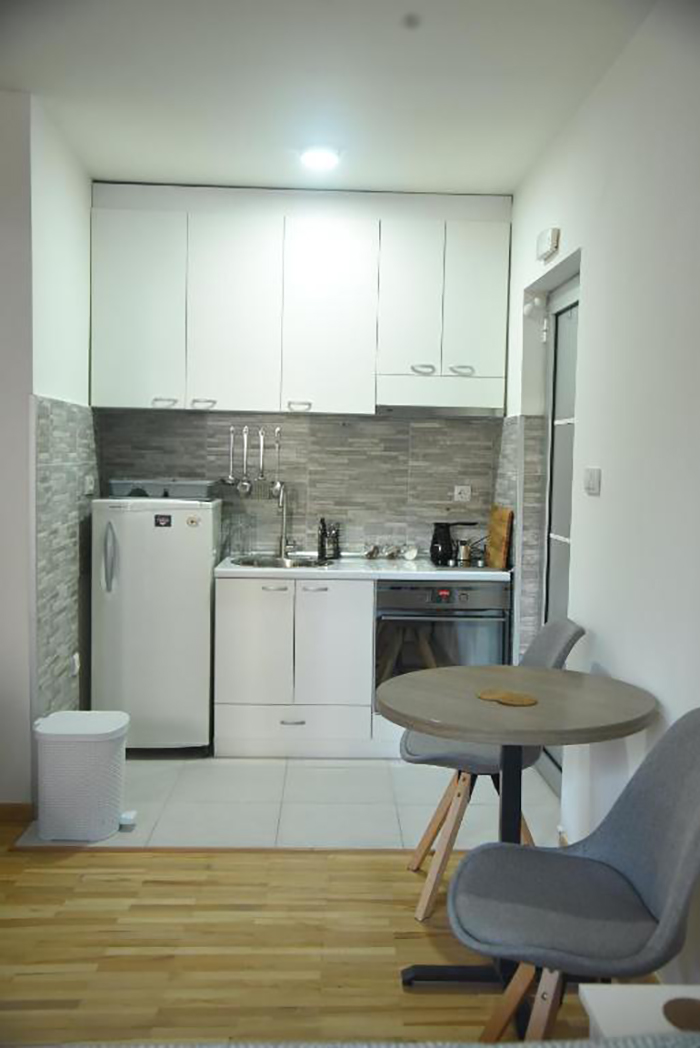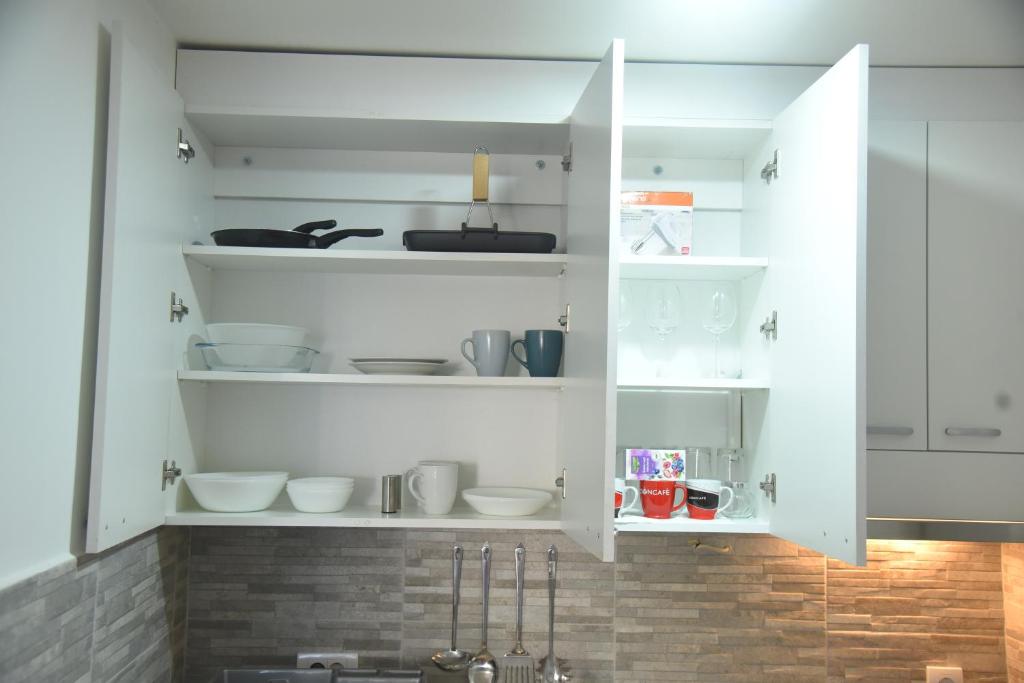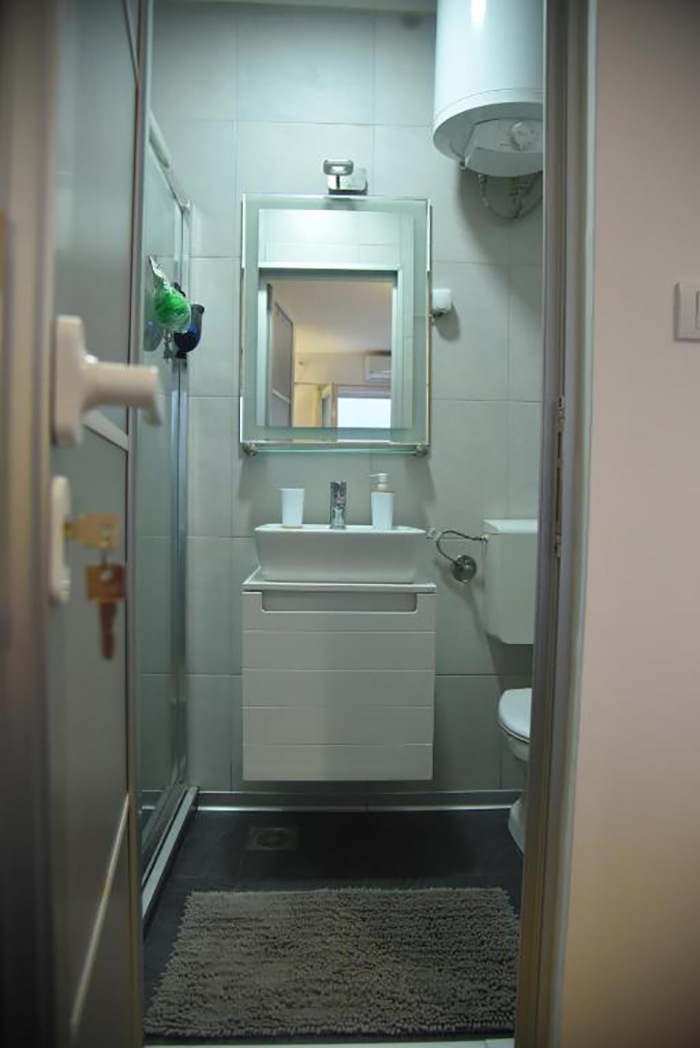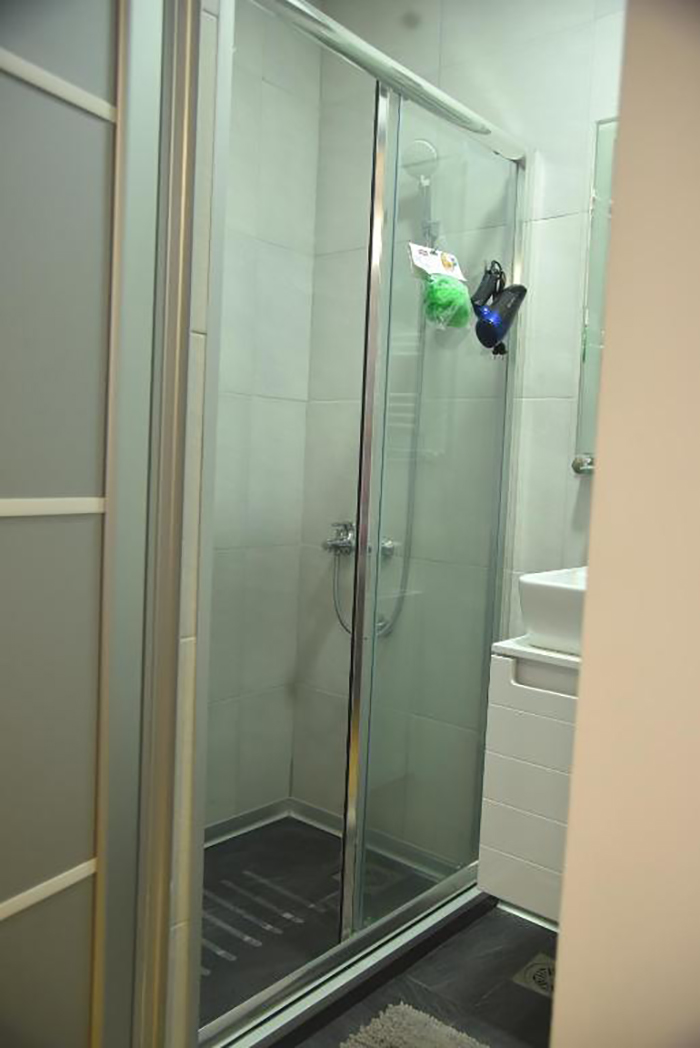Back
Koncentracioni logor iz II svetskog rata
Share this attraction
Back
Koncentracioni logor iz II svetskog rata
Nis
WW2 Concentration Camp - the most important information
The building of the abandoned military warehouse, next to the railway station called "Red Cross", served the Nazis to open a camp on April 9, 1941. In its first days, the camp was a temporary accommodation for prisoners of war of the Yugoslav Royal Army, after which its purpose was expanded. In addition to the warehouse building, the building of the Equestrian Barracks was also used for the camp, and the tents were set up in the yard. Since June of the same year, in addition to prisoners of war, Jews, priests, members of Chetnik associations, pre-war members of democratic parties, officers, Anglophiles and many others from the area of Nis, southern and southeastern Serbia have been housed there in order to confine nationalists. The camp officially ceased to function on September 14, 1944, and that day was tainted with the blood of the last camp inmates; 10 women and 26 men were shot from the watchtowers, and they represent the last victims of this Nazi horror.
History of WW2 Concentration Camp
The head of the Gestapo in Nis, Heinrich Brant, formed this camp, which at that time had the function of a prison. After the Geneva and Hague Conventions, which prevented inhumane treatment of prisoners of war, Anhaltelager Nisch became a concentration camp in September 1941. Over 600 people were already within the camp during October of the same year, and the building was surrounded by barbed wire and 4 guard towers served as protection. About 30,000 prisoners passed through the camp, more than 10,000 people were shot on Bubanj Hill, while a large number of lives ended in camps across Europe where prisoners were transported from the camp in Nis. 105 prisoners managed to escape to freedom on February 12, 1942, and this event represents the first major escape from the concentration camp in Europe. In this feat, 42 prisoners lost their lives, and 850 people from the camp were shot as revenge 5 days later, after which only 150 prisoners remained in the camp. This rebellion introduced changes in the appearance of the complex; high walls were built as a preventive form of protection.
There were camp buildings on 7 hectares, where the main building had a ground floor, first floor and attic. The yard was square in shape, divided into two parts and separated from the barracks by barbed wire. The living conditions were extremely unhygienic, there was barely enough food to survive. Detainees who slept on thin straw mats on the floor in dark rooms without heating and ventilation, after a minimal amount of food, were forced to do hard physical work.
Significance of the WW2 Concentration camp
History of WW2 Concentration Camp
The head of the Gestapo in Nis, Heinrich Brant, formed this camp, which at that time had the function of a prison. After the Geneva and Hague Conventions, which prevented inhumane treatment of prisoners of war, Anhaltelager Nisch became a concentration camp in September 1941. Over 600 people were already within the camp during October of the same year, and the building was surrounded by barbed wire and 4 guard towers served as protection. About 30,000 prisoners passed through the camp, more than 10,000 people were shot on Bubanj Hill, while a large number of lives ended in camps across Europe where prisoners were transported from the camp in Nis. 105 prisoners managed to escape to freedom on February 12, 1942, and this event represents the first major escape from the concentration camp in Europe. In this feat, 42 prisoners lost their lives, and 850 people from the camp were shot as revenge 5 days later, after which only 150 prisoners remained in the camp. This rebellion introduced changes in the appearance of the complex; high walls were built as a preventive form of protection.
There were camp buildings on 7 hectares, where the main building had a ground floor, first floor and attic. The yard was square in shape, divided into two parts and separated from the barracks by barbed wire. The living conditions were extremely unhygienic, there was barely enough food to survive. Detainees who slept on thin straw mats on the floor in dark rooms without heating and ventilation, after a minimal amount of food, were forced to do hard physical work.
Significance of the WW2 Concentration camp
- The "12. februar" memorial complex has been declared a cultural asset of exceptional importance and as such has been under state protection since 1977.
- Various documentaries were filmed within the complex, as well as the films "Duel for the Southern Railway" and "Robbery of the Third Reich", which are an important part of the film industry of Serbia.
- The camp was visited by members of the US National Guard delegation and many former inmates.
Don't miss:
The main camp building was turned into the Memorial Complex “12. February” During the visit to this museum you can see:
The main camp building was turned into the Memorial Complex “12. February” During the visit to this museum you can see:
- Solitary confinements: Detainees stayed in them and left heartbreaking messages on the walls.
- Large number of documents
- Personal photographs
- Letters
- Weapons
Ticket prices:
- Adults 200 dinars
- Children 150 dinars
Group ticket prices:
The museum also offers group visits, the price of which varies
The museum also offers group visits, the price of which varies
- Regular 300 dinars
- For pupils, students and pensioners 200 dinars
Working hours:
- Tuesday-Friday 10: 00-16: 00
- Weekend 10: 00-15: 00
How to get to WW2 Concentration Camp?
The complex is located at Bulevar 12 februar bb, which is not far from the center of Nis. Bus lines that go from King Alexander Square or Pavle Stojkovic Square take you to this address, after which you need to walk through Beogradska Street. Due to its location, the complex can be reached on foot, which takes less than 20 minutes.
- Bus lines: 7, 9, 34B
- On foot: from the city center through Bulevar 12 februar and Beogradska street.
Location
Learn more about this destination
Discover the beauty of the destination through blogs that highlight the most famous landmarks, hidden gems, and provide travel tips for visiting this destination. Embark on an adventure through the stories of experienced travelers.




